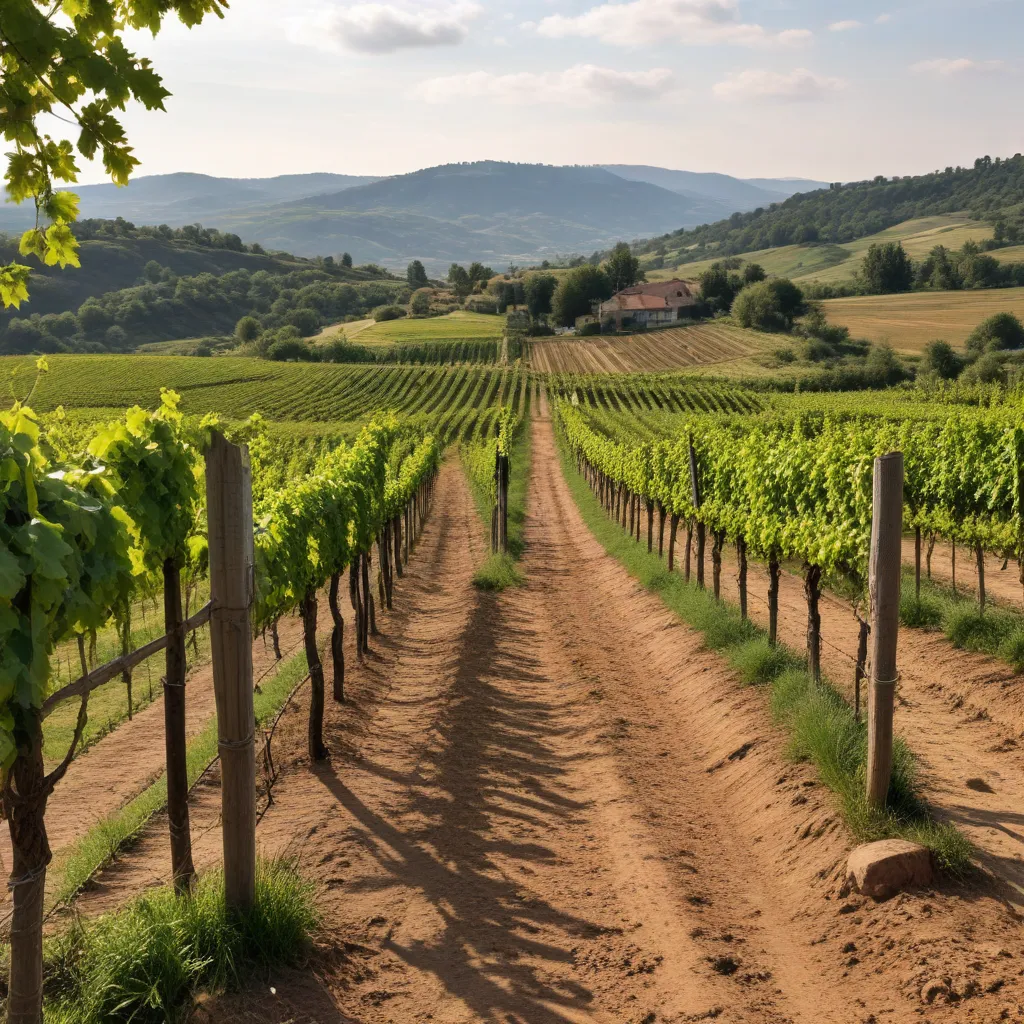
The concept of terroir is the foundation upon which the world of fine wine rests. This intricate tapestry of environmental factors—from soil composition and climate to topography and local flora—weaves a unique fingerprint into every bottle, making each a captivating reflection of its origin. As wine enthusiasts, we have the privilege of exploring this diversity, discovering how the nuances of terroir can dramatically shape the expression of our favorite grape varieties.
Diverse Wine Regions
Around the globe, wine regions are characterized by their distinct geological formations, climatic influences, and viticultural practices. These factors coalesce to create a mosaic of terroirs, each bestowing its own singular character upon the wines that grace our palates.
Regional Wine Characteristics
Consider the bold, full-bodied Cabernet Sauvignons of Napa Valley, their structure and concentration shaped by the region’s warm, sun-drenched days and well-drained, alluvial soils. In contrast, the refined, age-worthy Pinot Noirs of Oregon’s Willamette Valley exhibit a more delicate, elegant profile, a result of the area’s cooler climate and volcanic-origin soils.
Unique Geological Formations
Elsewhere, the ancient, schist-laced slopes of Spain’s Priorat region produce intensely concentrated red wines, while the chalky, limestone-rich terroirs of Champagne lend their famous sparkling wines a distinctive minerality and finesse. Each wine region’s unique geological foundation plays a pivotal role in determining the ultimate character of the wines it nurtures.
Climatic Influences on Terroir
Climatic factors, too, weave their influence into a region’s terroir. The cooling breezes and fog that drift over California’s Sonoma Coast, for instance, allow Chardonnay and Pinot Noir grapes to ripen slowly, preserving crucial acidity and delicate aromas. Conversely, the warm, dry conditions of Spain’s Rioja region foster the development of bold, structured red wines from Tempranillo.
Exploring Terroir Diversity
As we delve deeper into the world of wine, the myriad expressions of terroir become increasingly fascinating. Each region, each vineyard, even each individual vine, can impart its own distinctive stamp on the resulting wine.
Distinctive Grape Varietals
In some areas, certain grape varietals have become inextricably linked to the local terroir, thriving in ways that showcase the region’s unique character. Take the Saperavi grape of Georgia, for example, whose deep, almost inky hue and robust, berry-driven flavors are a direct reflection of the country’s ancient winemaking tradition and diverse microclimates.
Winemaking Traditions
Alongside the physical environment, the cultural traditions of a region also shape its wines. In Rioja, Spain, winemakers have long practiced extended barrel aging, imparting their renowned red wines with velvety tannins and complex notes of vanilla and spice. Conversely, the minimalist, low-intervention approach embraced by producers in South Africa’s Swartland region allows the purity of their terroir to shine through.
Tasting Notes and Flavor Profiles
When we savor a wine, we are experiencing the culmination of these myriad terroir influences. The bright, citrus-tinged Albariños of Spain’s Rías Baixas, the earthy, mushroom-tinged Pinot Noirs of Burgundy, and the lush, tropical-fruit-driven Sauvignon Blancs of New Zealand’s Marlborough—each wine tells a story of its origins, crafted by the unique geological, climatic, and cultural forces that define its terroir.
Sustainability in Wine Production
As our appreciation for terroir deepens, so too does our responsibility to protect the natural environments that foster these exceptional wines. Across the globe, forward-thinking vintners are embracing sustainable practices that not only enhance the quality of their wines but also safeguard the land for generations to come.
Biodynamic Farming Practices
In the Wine Garden Inn vineyards, for instance, we employ biodynamic farming methods, which treat the entire vineyard as a self-sustaining ecosystem. By incorporating cover crops, compost, and the introduction of natural predators, we nourish the soil and promote biodiversity, ensuring the long-term health and vitality of our terroir.
Ecological Preservation Efforts
Other wineries are going to great lengths to preserve the unique habitats that surround their vineyards. In South Africa, the Biodiversity and Wine Initiative has led to the protection of critical fynbos ecosystems, home to a vast array of endemic plant and animal species. These efforts not only safeguard the environment but also contribute to the exceptional quality of the region’s wines.
Carbon Footprint Considerations
Sustainability in the wine world also extends to the reduction of carbon emissions, with producers increasingly embracing renewable energy sources, lightweight packaging, and efficient transportation methods. By minimizing their environmental impact, these wineries are ensuring that their terroir-driven wines can be enjoyed for centuries to come.
Celebrating Local Wine Culture
Beyond the science of terroir, each wine region also hosts a rich tapestry of culinary traditions, architectural marvels, and community-driven initiatives that further enrich the wine experience.
Culinary Pairings
The intimate connection between a region’s wines and its local cuisine is a testament to the power of terroir. In the Rioja Alavesa subregion of Spain, for example, the bold, fruit-forward red wines pair seamlessly with the hearty, slow-cooked stews and cured meats that define the local culinary heritage.
Agritourism and Wine Trails
Visiting these wine regions offers the opportunity to immerse oneself in the living, breathing culture that surrounds the vines. Strolling through historic vineyards, exploring centuries-old bodegas, and engaging with the passionate winemakers who steward these terroirs can lend a profound sense of place to the wines we cherish.
Community-Driven Initiatives
Many wine regions have also embraced community-driven initiatives that celebrate their unique identities. In Georgia, for instance, the Appellation Georgia program works to protect the country’s ancient qvevri winemaking tradition, ensuring that this UNESCO-recognized heritage remains a vital part of the nation’s viticultural landscape.
As we continue to explore the world’s diverse wine regions, we are granted a window into the intricate interplay between environment, tradition, and human ingenuity. Each sip becomes a journey, a chance to connect with the land, the people, and the stories that define the terroir of a particular place. It is in this appreciation for the unique that we find the true essence of wine, a reflection of our world in all its captivating complexity.
